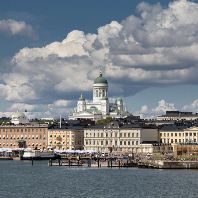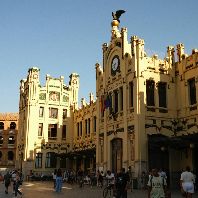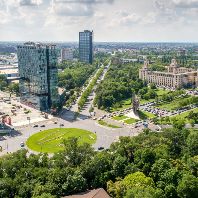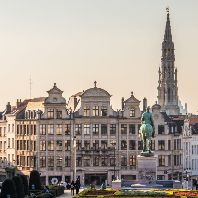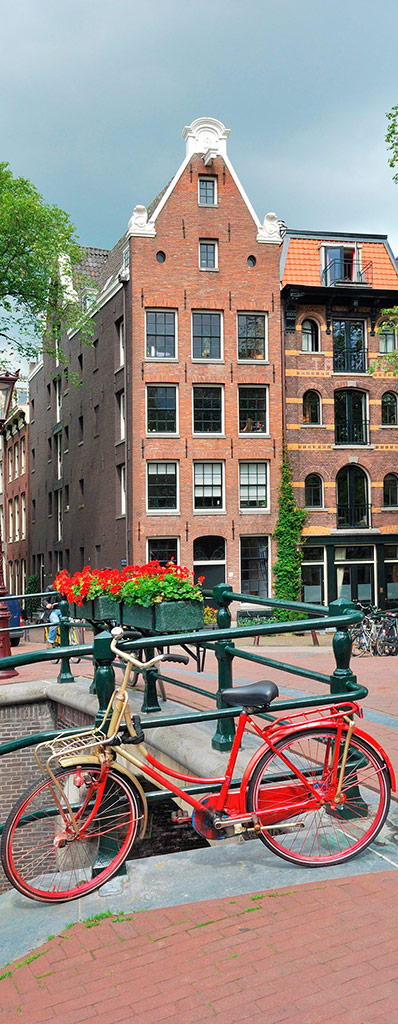 ©shutterstock_Giancarlo Liguori
©shutterstock_Giancarlo LiguoriECONOMIC OUTLOOK
In 2012 and 2013, the Dutch economy decreased by 1.3% and 1.0% respectively. A growing economy is expected at the end of 2014, which will result in a forecasted growth of 0.3% over 2014. Due to government measures to reduce the budget deficit, a decrease in the EMU deficit of 4.1% of GDP was realized in 2012 and 3.1% of GDP in 2013. In 2014 a budget deficit of 3.3% of GDP is expected.
Consumer confidence has been at its historic low over the past three years but started recovering during the last three months. The unemployment rate increased from 5.4% in 2011 to 8.2% in 2012. During 2013, unemployment rate increased further to 8.5%. According to CPB, the unemployment rate is expected to stabilize during 2014 and decrease after 2015.
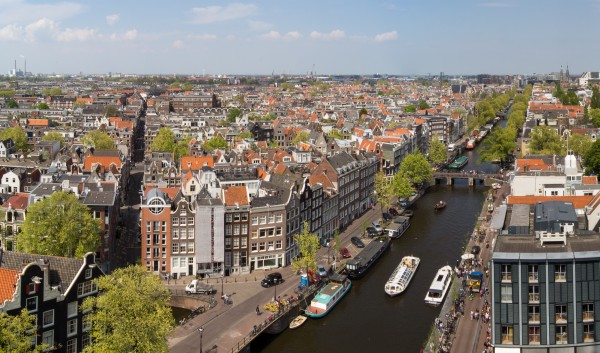 ©shutterstock_A.Storm Photography
©shutterstock_A.Storm PhotographyINVESTMENT MARKET
The investment market in the Netherlands was sluggish in the first six months of 2013 and investment volume even decreased by 13% compared to the same period in 2012. However, transactions in several large investment portfolios helped to turn the tide during the summer months and the final quarter. As a result, total investment volume for 2013 increased by more than 20%.
Current market conditions have created opportunities for purchasing real estate at attractive prices. This is partly why international investors, primarily with Anglo-Saxon or Anglo-American backgrounds, have made purchases in the Dutch real estate market in the past year. They had a special focus on Amsterdam as 37% of total investment activity in the Netherlands was applicable to the capital city. The office market accounted for 51% of the total investment activity.
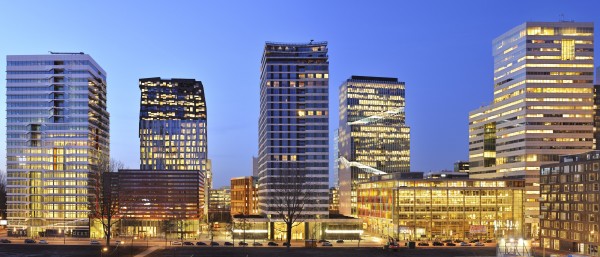 ©JLL The Netherlands
©JLL The NetherlandsOFFICE MARKET
During the last four years, the polarization trend within the office market further continued at city and submarket level. For example, the vacancy rate of the prime office location the Zuidas in Amsterdam amounts to 6.5%, where vacancy in other office locations, such as Amsterdam–South East amounts to 22.5%.
Occupier demand during 2013 in Amsterdam amounted to 222,000 m² lfa, relatively stable compared to 2012. Over 50% of the demand was realized in the office locations Center and Zuidas. Large players during 2013 were mainly occupiers from the business services sector. Their new inquiries were primarily driven by reducing real estate and moderate economy growth; this trend will continue during 2014 and will be cushioning the demand of occupiers. It will also increase efficiency and productivity in the workplace environment together with the rising unemployment in the financial and accounting sector.
Despite the fact that vacancy levels decreased over the last year, due to reconversion of obsolete office stock into hotels and residential, an increase is expected on the short term. New developments in Amsterdam are all pre-let or owner-occupied and focusing primarily on prime office locations.
 ©shutterstock_Ivica Drusany
©shutterstock_Ivica DrusanyRETAIL MARKET
Amsterdam is the country’s premier retail destination. Total retail stock amounts to 943,000 m² and almost €3 billion is spent every year. Retailer demand still remains high, particularly from international brands, however, retailers are becoming increasingly more considered over their selection of new locations within the city. Significant retail entrants in Amsterdam are Marks & Spencer, Urban Outfitters, Abercrombie & Fitch, Forever 21, All Saints and Dolce & Gabbana. The prime shopping area is centered in and around Kalverstraat, in the old city center. Luxury retail is concentrated around the P.C. Hooftstraat, south of the old city center. Rental levels for high-street unit shops and shopping centers are expected to remain stable and premiums are much reduced from 2 years ago. The Kalvertoren, adjacent to Kalverstraat, is the best shopping center in the city center. Stadshart Amstelveen is a large attractive scheme located south of the city and considered for redevelopment. The prime shopping area for bulkier goods is the Villa ArenA in south-east Amsterdam.
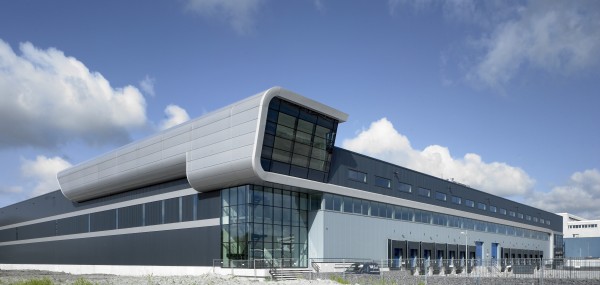 ©JLL The Netherlands
©JLL The NetherlandsINDUSTRIAL/LOGISTICS MARKET
The port of Amsterdam is the second harbor of the country and together with Schiphol airport, the area serves a wide range different logistic operators. The Amsterdam port area is one of the world’s key international logistics hubs. It ranks as Europe’s number four port and handles almost 93 million metric tons of cargo annually. The strategic and central location in Europe makes the port easy to reach and ensures excellent connections to all the major European markets. Furthermore, the available space in the port is limited, while the demand for land is on the rise. Through smart use of its land, the port aims to double transshipment to 2020, while remaining within its current physical limits.
As a major air gateway to the European continent, the airport serves a wide variety of different clusters, which among others are a large perishable center, high value goods and pharmaceuticals. Moreover, substantial development activity is planned in the wider region in anticipation of airfreight growth and in response to new requirements from carriers and logistics service providers. New developments in the Schiphol area are Fokker Logistics Park and on the longer term Schiphol Logistics Park (SLP).
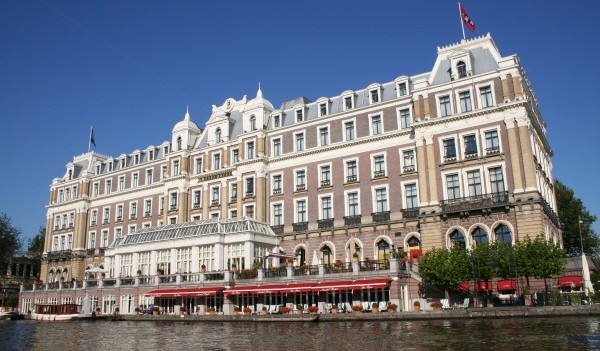 ©shutterstock_Bruce McGee
©shutterstock_Bruce McGeeHOTEL MARKET
Amsterdam, situated in the Noord-Holland province is the most popular tourist destination. Being a major gateway destination in Europe, Amsterdam remains a top priority for many international hotel operators. Supply in Amsterdam is expected to continue to grow with the majority of new supply being internationally branded and positioned in the upscale segment. For example, Hyatt is increasing its presence with the recent opening of the 5-star 122 bedroom Andaz, on the Prinsengracht, a 330 room Hyatt Place (the first in Europe) in Schiphol and the announced plans to open a 211 room Hyatt Regency in 2015. Other significant new development the opening of the first Waldorf Astoria in the Netherlands at the city center in 2014 and Motel One with its first Dutch hotel at the beginning of 2015.
European owners continue to dominate the quality hotel market in Amsterdam with almost 50% share of total upscale hotel bed stock.
If you’d like to promote your city, please contact media@europe-re.com.



